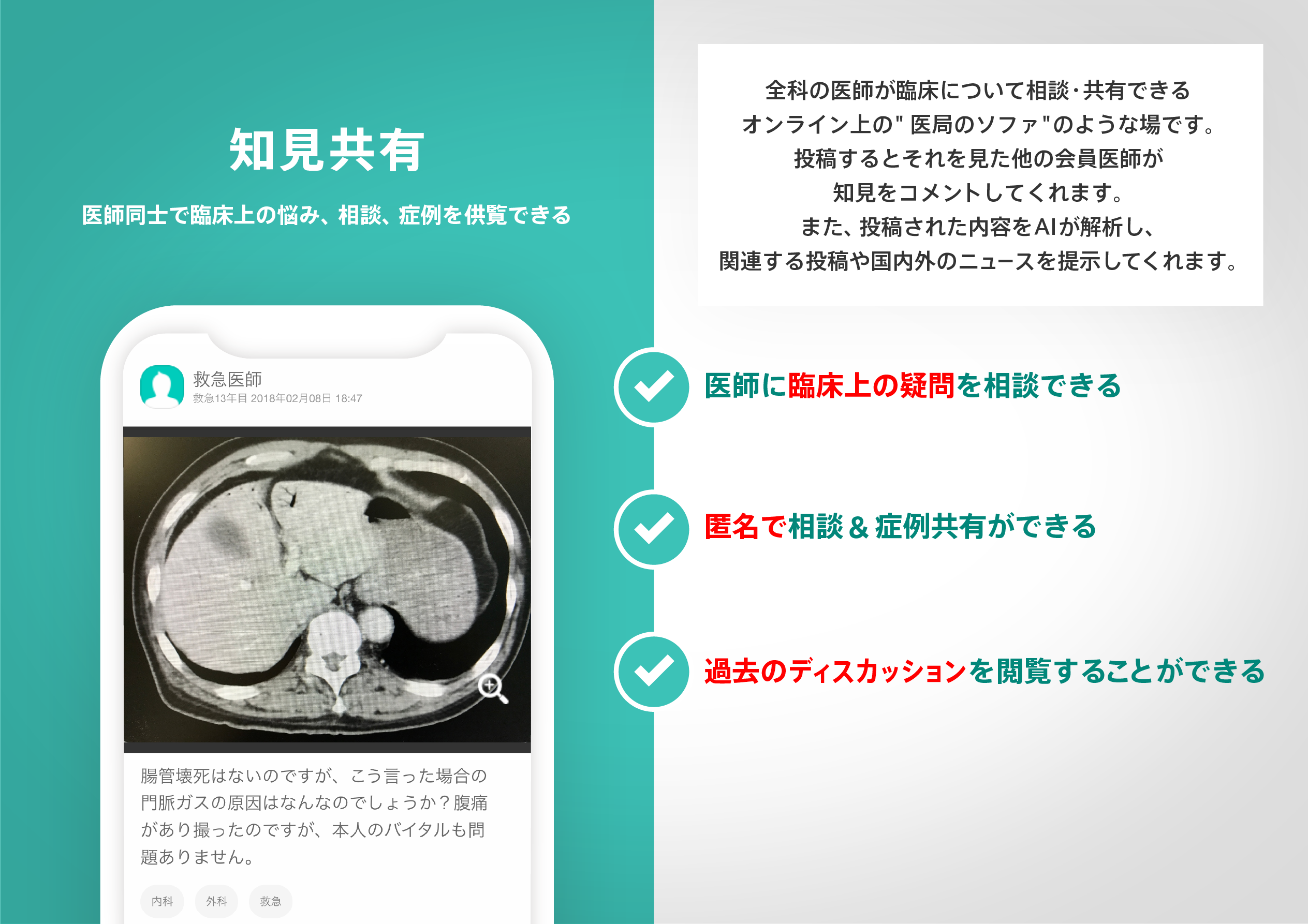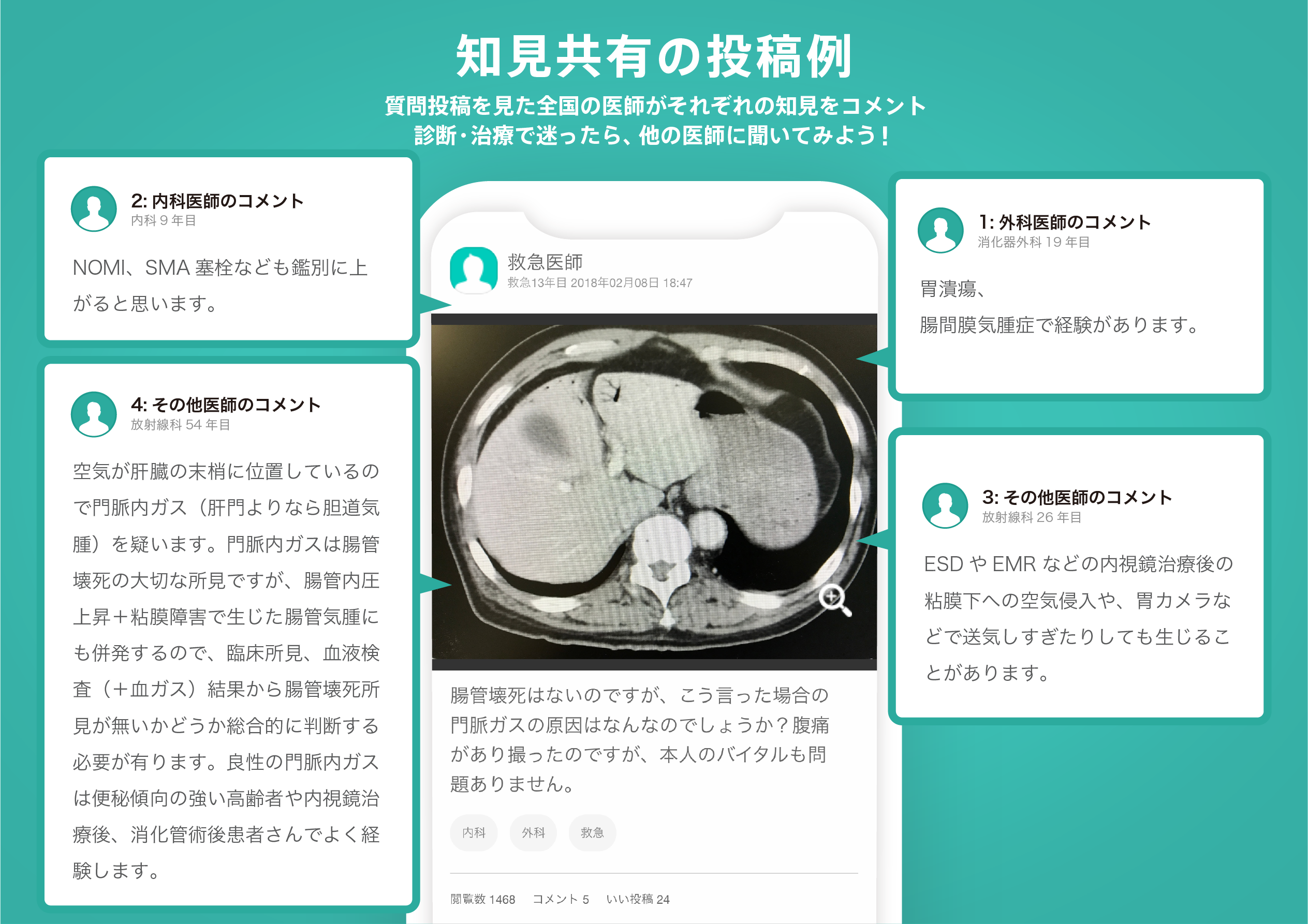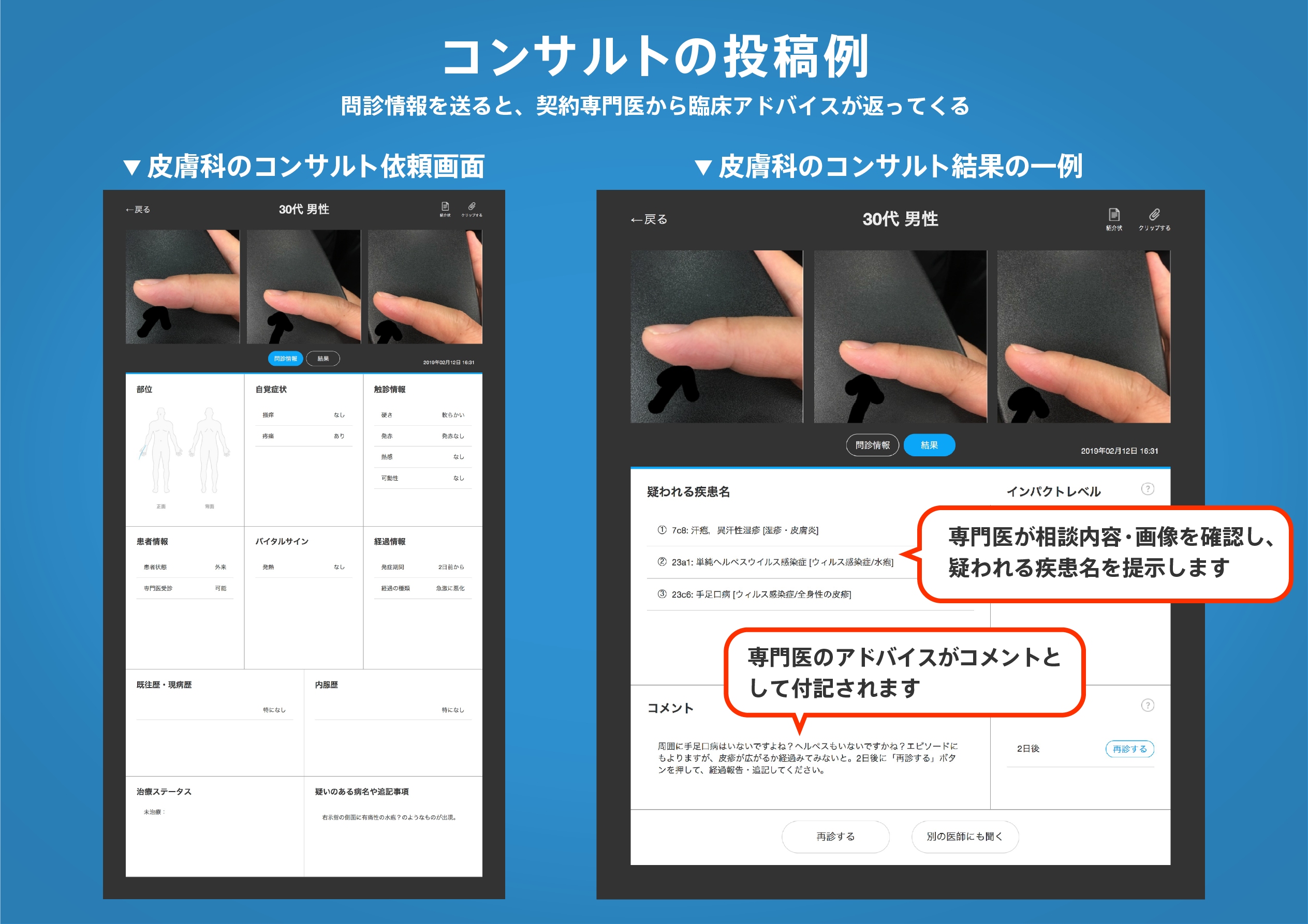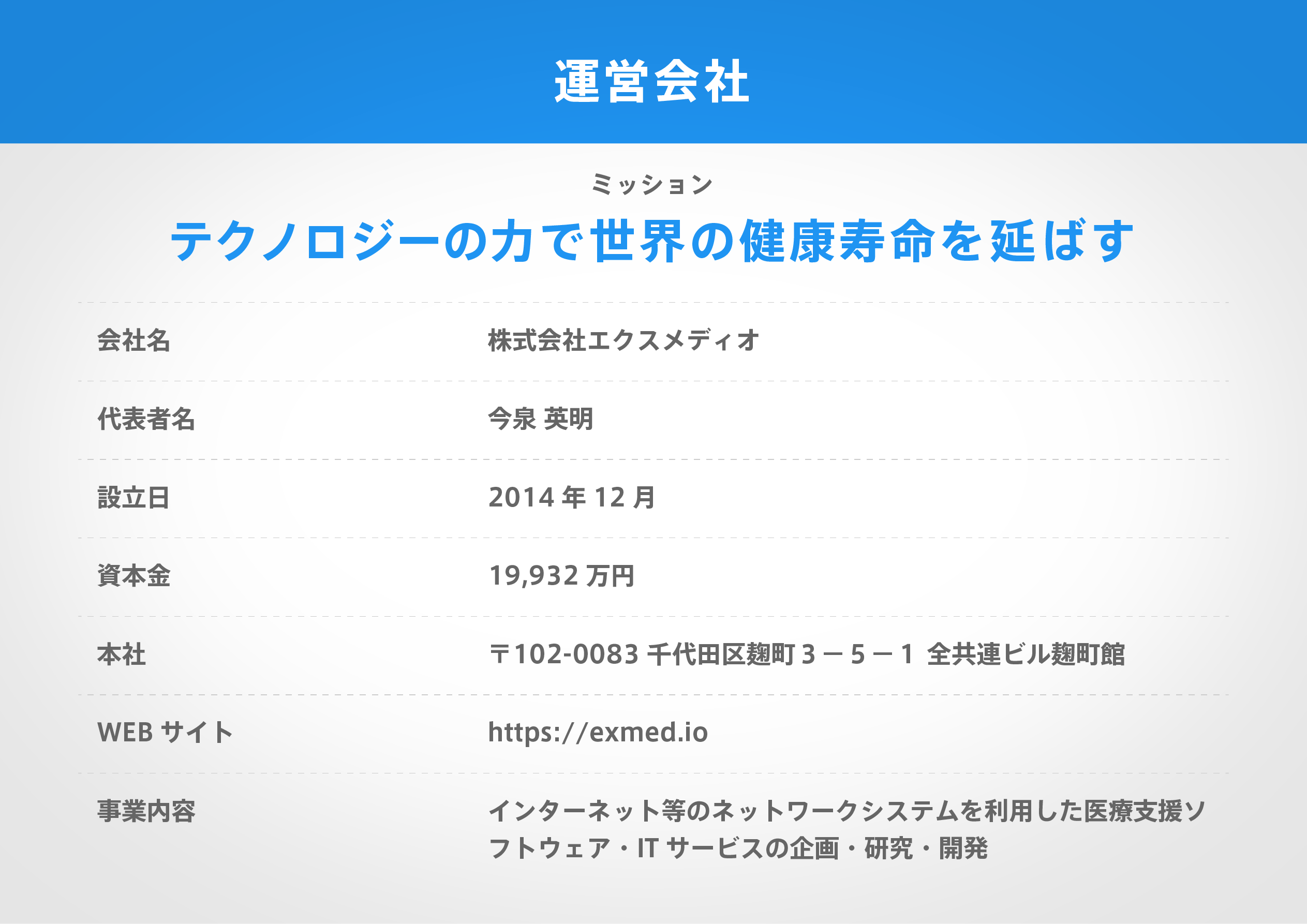著名医師による解説が無料で読めます
すると翻訳の精度が向上します
天然の供給源に由来するアスタキサンチンは、さまざまなエステルと立体的な形で発生し、その定量的および定性的分析を複雑にします。アスタキサンチン測定を高精度で簡素化して標準化するために、酵素分解ベースのアスタキサンチン定量化法が開発され、アスタキサンチンエステルを加水分解し、すべてのジアステレオマー形態で遊離アスタキサンチンを決定しました。アスタキサンチン標準と異なる処理されたヘマトコッカスpluvialisバイオマスを調査しました。All-E-Astaxanthinの標準の線形相関は、1.0μg/mLと11.2μg/mLの抽出濃度の間の測定範囲で観察され、変動係数が5%未満でした。ジアステレオマー9z、および13z-アスタキサンチン、および2つのDi-Z型が検出されました。標準の測定とは対照的に、観察された測定範囲は、H。pluvialisの抽出物で30μg/mlに拡張されました。サンプル組成はそれぞれアスタキサンチン測定の最適濃度を変化させるため、サンプルの性質は測定のためにそれぞれ考慮する必要がありました。乾燥H. pluvialisバイオマス(サンプルあたり1.2-1.8 mg乾燥バイオマス)における全E-アスタキサンチン定量の測定精度は、最大1.1%の変動係数で計算されましたが、ジアステルマーに関しては10%未満でした。最大2.0 mgのバイオマス(乾燥重量)を持つさまざまな溶媒の存在下で、1.0〜2.0ユニットのコレステロールエステラーゼで完全な酵素分解を実施しました。この方法は、測定前のさらなるステップでアスタキサンチンがアセトンに変換される他のアスタキサンチン測定アプローチと比較されました。開発された方法により、総アスタキサンチン回復が高くなりましたが、ジアステレオマーの選択性が低下しました。測光アスタキサンチンの推定の信頼性は、開発されたクロマトグラフィー法と比較することにより評価されました。H. pluvialisの細胞周期の後期段階では、すべての方法が同様の結果をもたらしました(0.1%偏差まで)が、測光は以前の段階(最大31.5%偏差)で精度を失いました。サンプルストレージを最適化するために、アスタキサンチン含有サンプルの貯蔵寿命を調査しました。酸素を除く-20°C未満の温度は、乾燥または破壊されたバイオマスの代わりに無傷のH. pluvialis細胞を保存することを、アスタキサンチン分解を減少させました。
天然の供給源に由来するアスタキサンチンは、さまざまなエステルと立体的な形で発生し、その定量的および定性的分析を複雑にします。アスタキサンチン測定を高精度で簡素化して標準化するために、酵素分解ベースのアスタキサンチン定量化法が開発され、アスタキサンチンエステルを加水分解し、すべてのジアステレオマー形態で遊離アスタキサンチンを決定しました。アスタキサンチン標準と異なる処理されたヘマトコッカスpluvialisバイオマスを調査しました。All-E-Astaxanthinの標準の線形相関は、1.0μg/mLと11.2μg/mLの抽出濃度の間の測定範囲で観察され、変動係数が5%未満でした。ジアステレオマー9z、および13z-アスタキサンチン、および2つのDi-Z型が検出されました。標準の測定とは対照的に、観察された測定範囲は、H。pluvialisの抽出物で30μg/mlに拡張されました。サンプル組成はそれぞれアスタキサンチン測定の最適濃度を変化させるため、サンプルの性質は測定のためにそれぞれ考慮する必要がありました。乾燥H. pluvialisバイオマス(サンプルあたり1.2-1.8 mg乾燥バイオマス)における全E-アスタキサンチン定量の測定精度は、最大1.1%の変動係数で計算されましたが、ジアステルマーに関しては10%未満でした。最大2.0 mgのバイオマス(乾燥重量)を持つさまざまな溶媒の存在下で、1.0〜2.0ユニットのコレステロールエステラーゼで完全な酵素分解を実施しました。この方法は、測定前のさらなるステップでアスタキサンチンがアセトンに変換される他のアスタキサンチン測定アプローチと比較されました。開発された方法により、総アスタキサンチン回復が高くなりましたが、ジアステレオマーの選択性が低下しました。測光アスタキサンチンの推定の信頼性は、開発されたクロマトグラフィー法と比較することにより評価されました。H. pluvialisの細胞周期の後期段階では、すべての方法が同様の結果をもたらしました(0.1%偏差まで)が、測光は以前の段階(最大31.5%偏差)で精度を失いました。サンプルストレージを最適化するために、アスタキサンチン含有サンプルの貯蔵寿命を調査しました。酸素を除く-20°C未満の温度は、乾燥または破壊されたバイオマスの代わりに無傷のH. pluvialis細胞を保存することを、アスタキサンチン分解を減少させました。
Astaxanthin derived from natural sources occurs in the form of various esters and stereomers, which complicates its quantitative and qualitative analysis. To simplify and standardize astaxanthin measurement with high precision, an enzymolysis-based astaxanthin quantification method was developed to hydrolyze astaxanthin esters and determine free astaxanthin in all its diastereomeric forms. Astaxanthin standards and differently processed Haematococcus pluvialis biomass were investigated. Linear correlation of standards of all-E-astaxanthin was observed in a measurement range between extract concentrations of 1.0 μg/mL and 11.2 μg/mL with a coefficient of variation below 5%. The diastereomers 9Z-, and 13Z-astaxanthin, and two di-Z-forms were detected. In contrast to the measurement of standards, the observed measurement range was extended to 30 μg/mL in extracts from H. pluvialis. The nature of the sample had to be taken into account for measurement, as cell, respectively, sample composition altered the optimal concentration for astaxanthin determination. The measurement precision of all-E-astaxanthin quantification in dried H. pluvialis biomass (1.2-1.8 mg dried biomass per sample) was calculated with a coefficient of variation of maximum 1.1%, whereas it was below 10% regarding the diastereomers. Complete enzymolysis was performed with 1.0 to 2.0 units of cholesterol esterase in the presence of various solvents with up to 2.0 mg biomass (dry weight). The method was compared with other astaxanthin determination approaches in which astaxanthin is converted to acetone in a further step before measurement. The developed method resulted in a higher total astaxanthin recovery but lower selectivity of the diastereomers. The reliability of photometric astaxanthin estimations was assessed by comparing them with the developed chromatographic method. At later stages in the cell cycle of H. pluvialis, all methods yielded similar results (down to 0.1% deviation), but photometry lost precision at earlier stages (up to 31.5% deviation). To optimize sample storage, the shelf life of astaxanthin-containing samples was investigated. Temperatures below -20°C, excluding oxygen, and storing intact H. pluvialis cells instead of dried or disrupted biomass reduced astaxanthin degradation.
医師のための臨床サポートサービス
ヒポクラ x マイナビのご紹介
無料会員登録していただくと、さらに便利で効率的な検索が可能になります。






